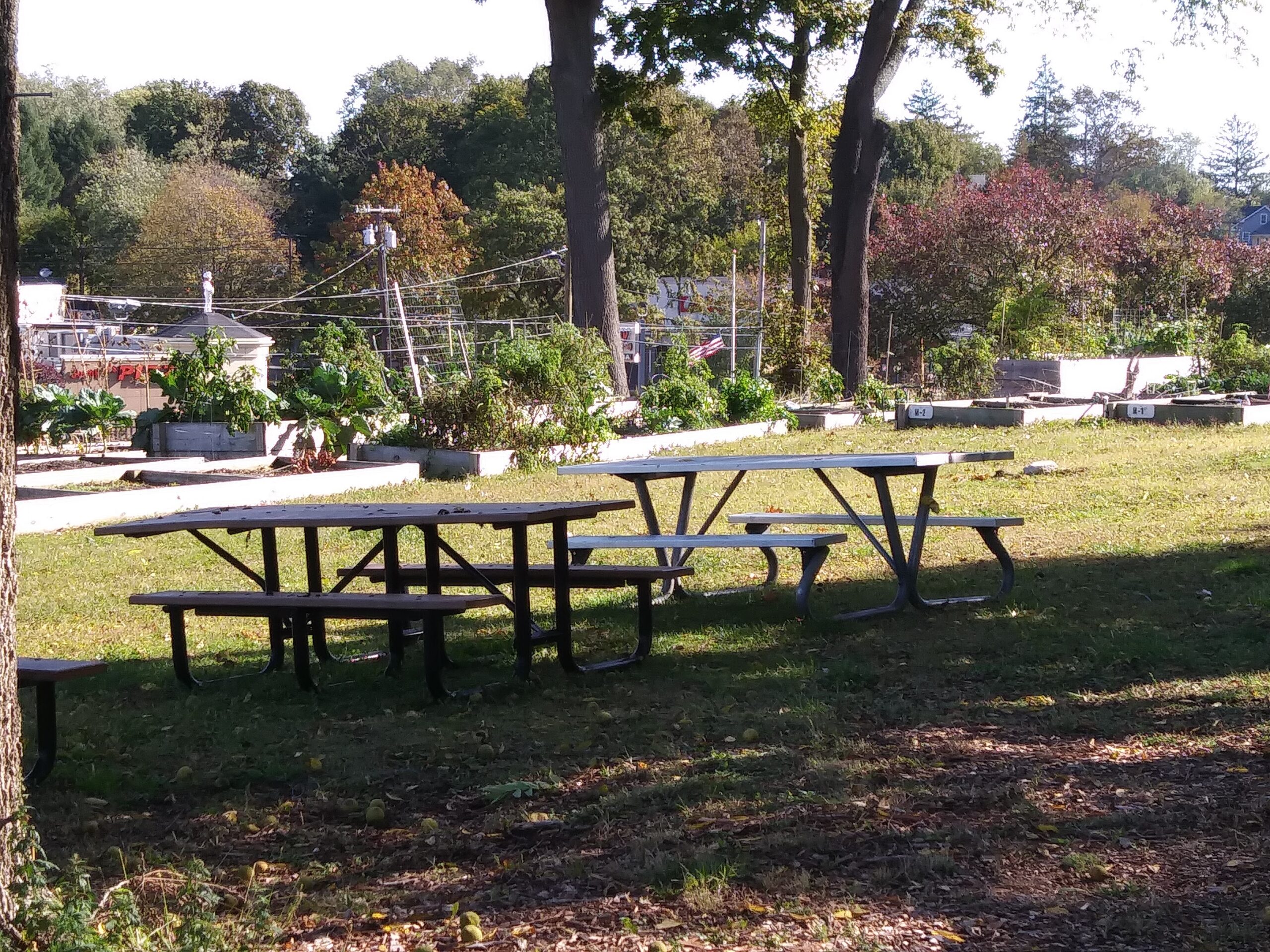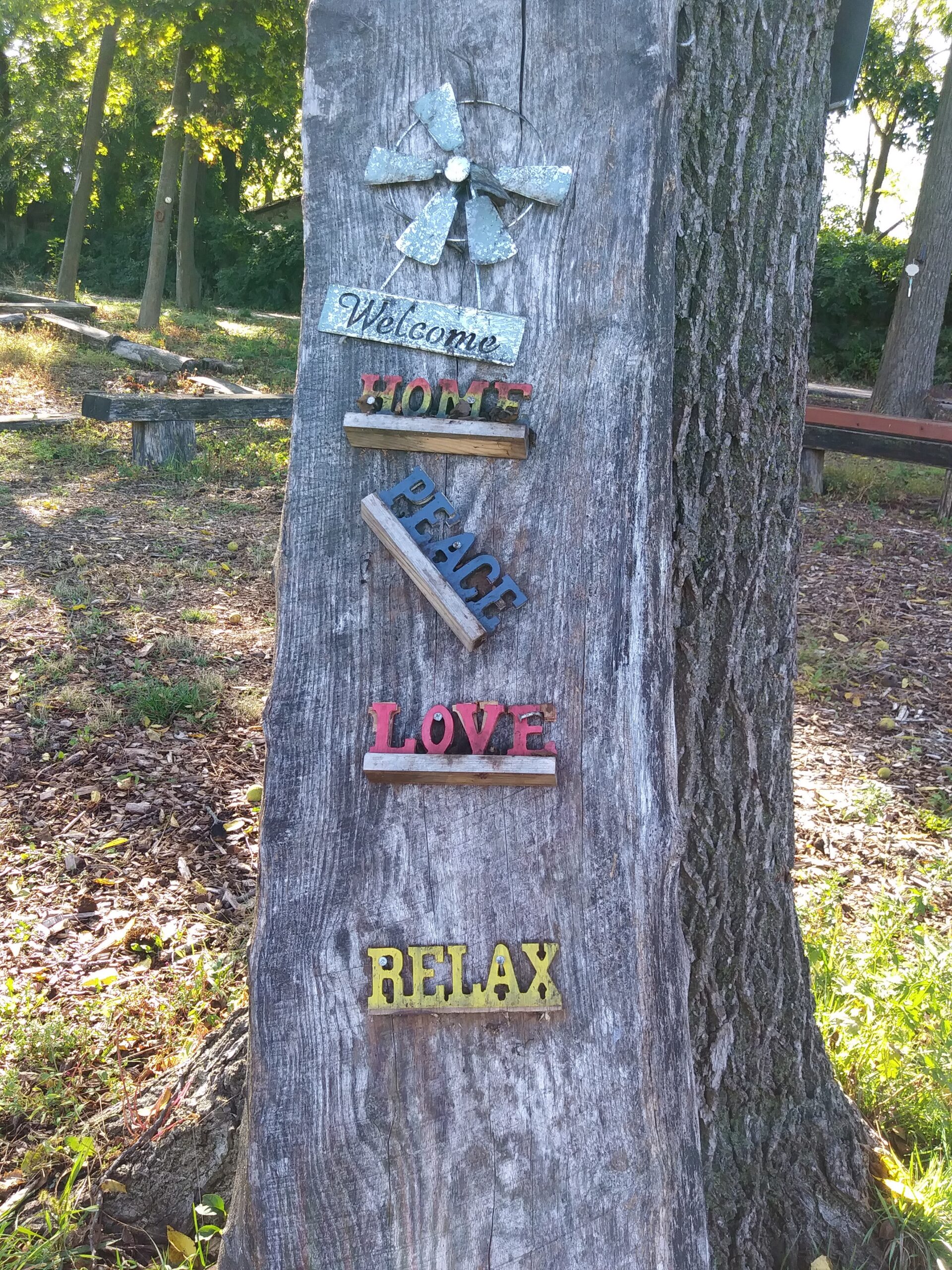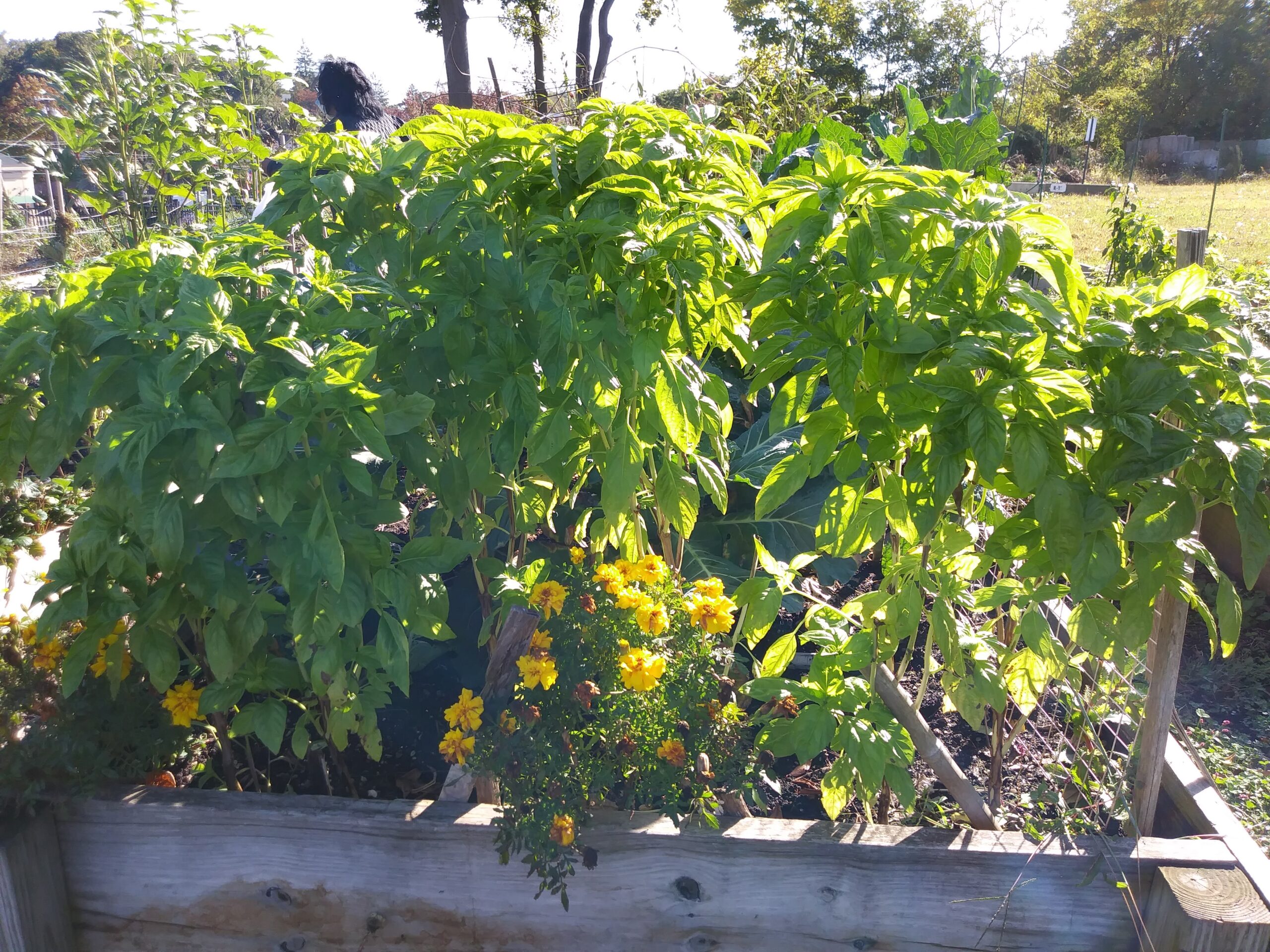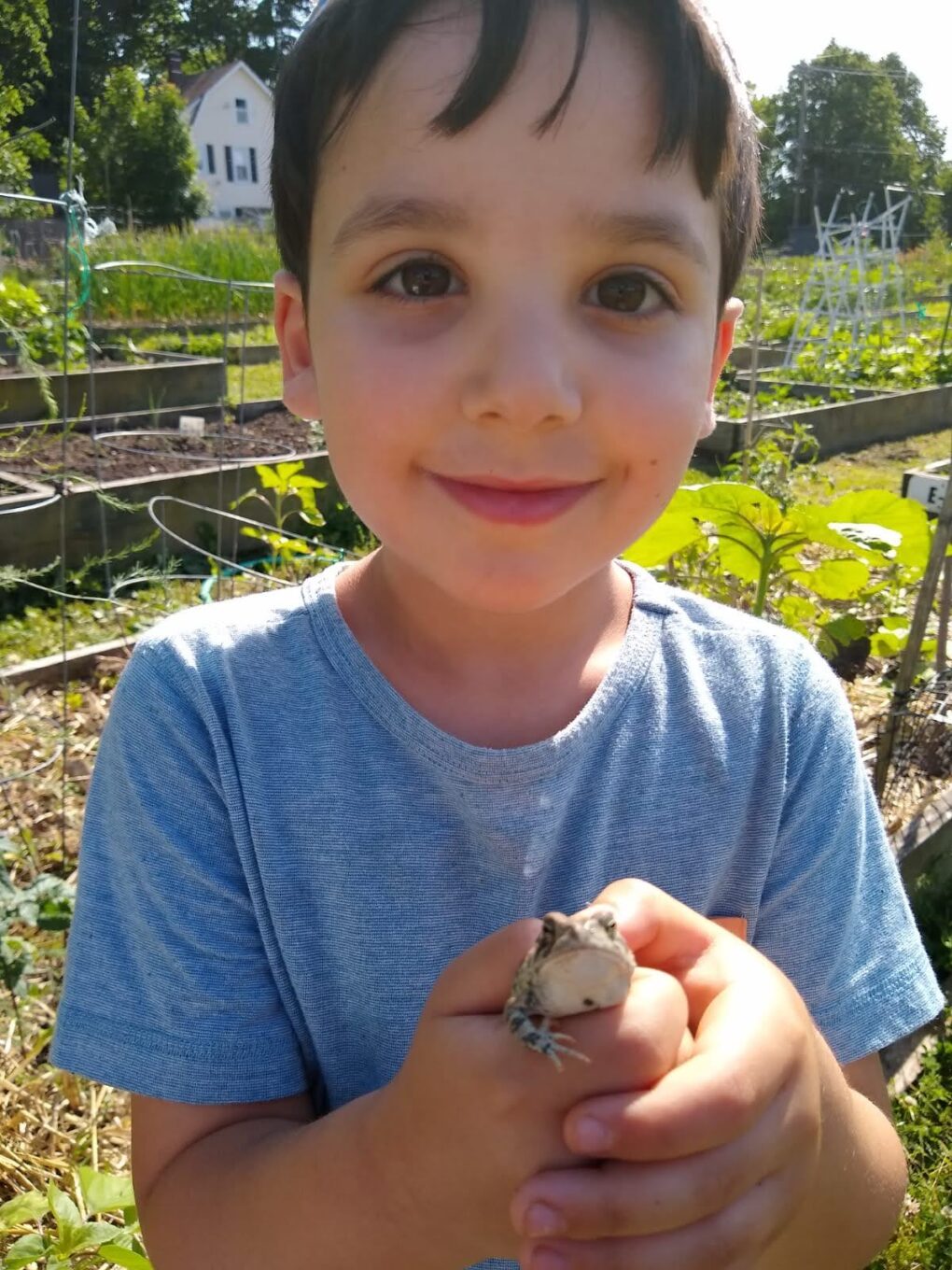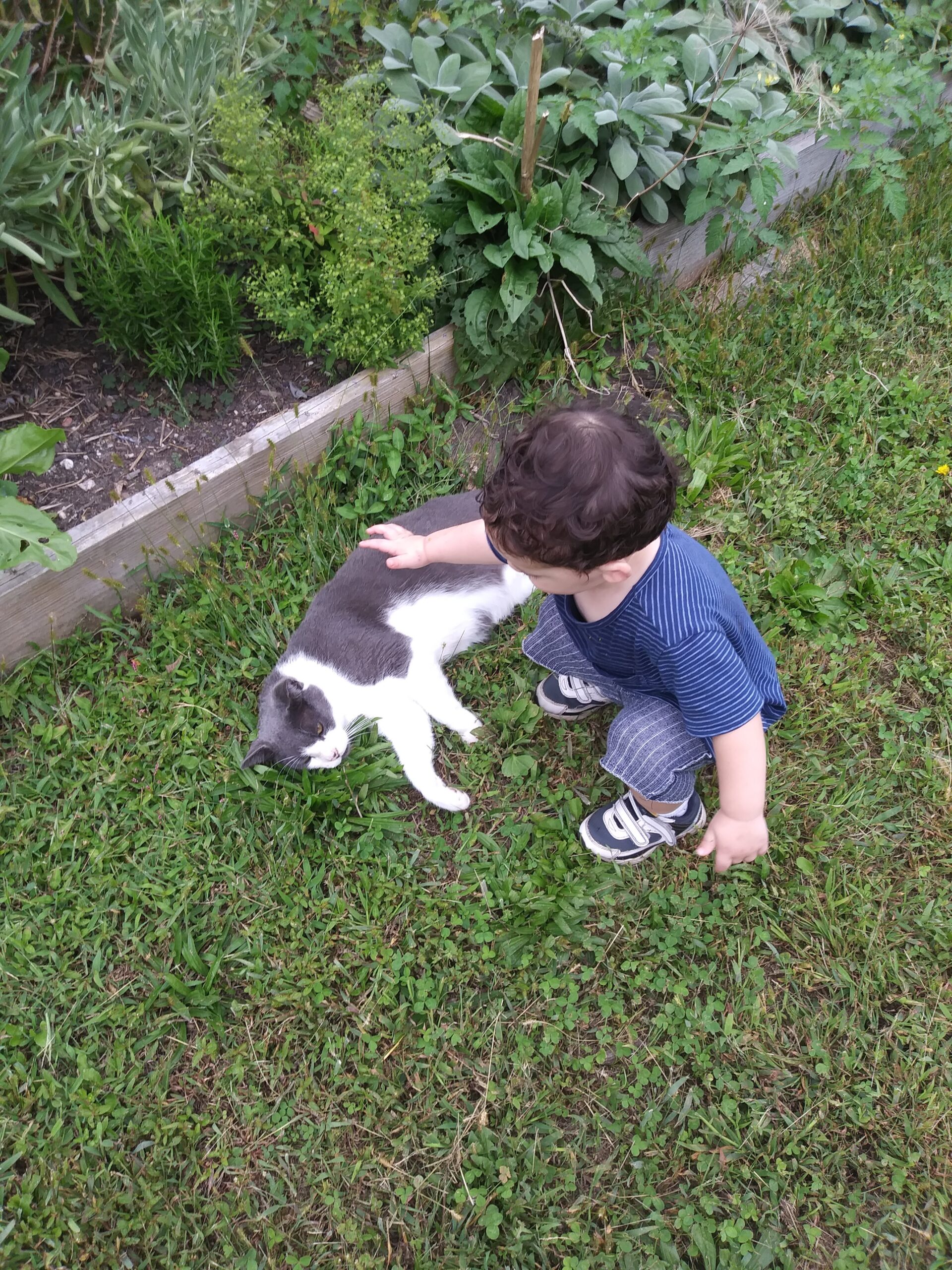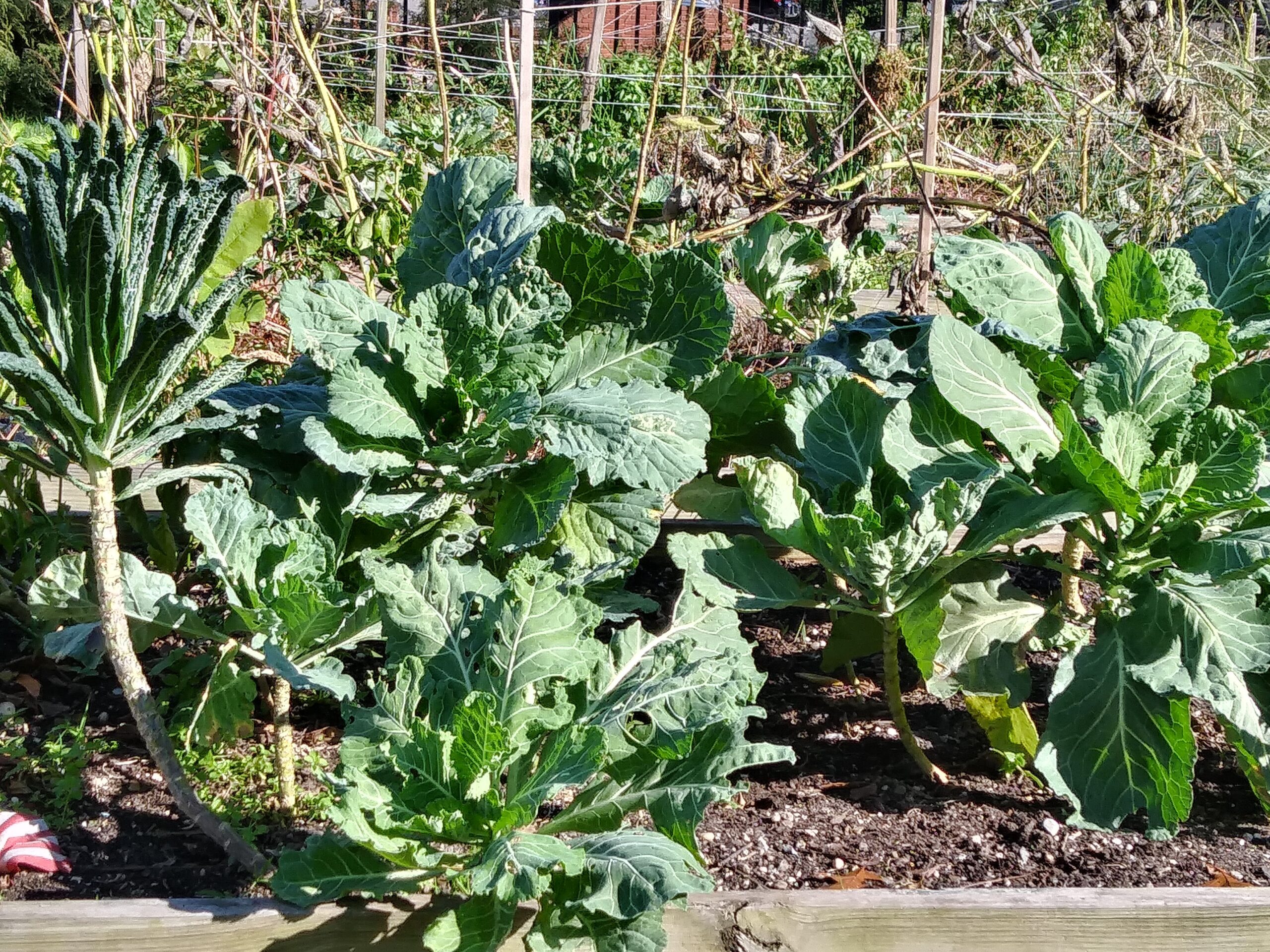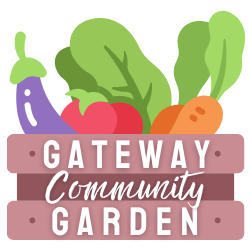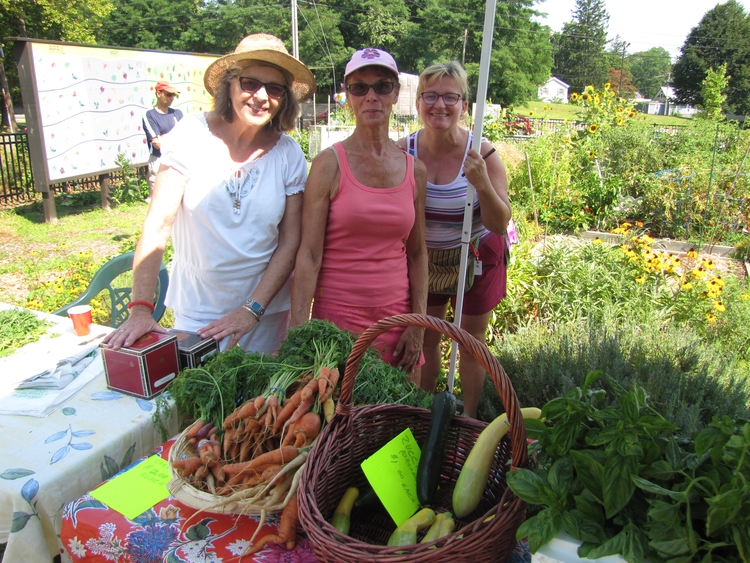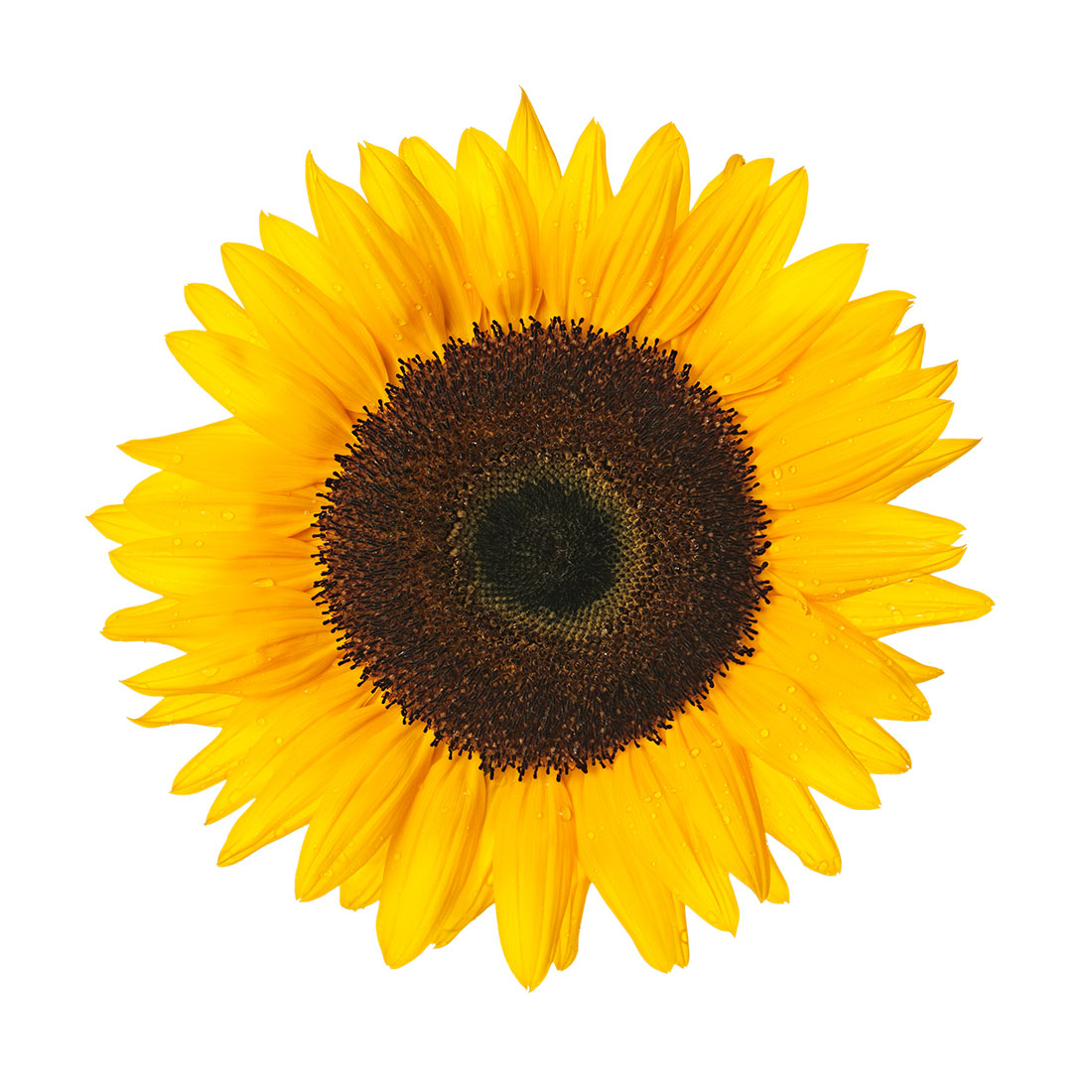What is Gateway Park Community Garden?
It is a place where people work in assigned garden beds to grow food for their families while enjoying the company of other gardeners. Each gardener plants whatever they choose, from the hottest of hot peppers to okra, collards, heirloom tomatoes, etc. There is no fee for a bed, but gardeners are required to donate their time for communal tasks and events.
Are the vegetables for sale? Is picking allowed?
No. The vegetables are grown by each family for their own use except for donations. Vegetables are donated every Tuesday evening to Community Solidarity, which creates a pop-up food distribution center on Tuesday evenings near All-Weather Tire, and to other local food banks. Several beds are dedicated to providing fresh vegetables for veterans via Long Island Cares.
Is the garden organic?
Yes, no chemical pesticides or herbicides are allowed, and no synthetic fertilizer. Gardeners add compost and other natural supplements to ensure fertility.
Who founded the garden and when?
The founders were the leaders of the Long Island Community Agriculture Network who saw the need to bring a new source of healthy, organic vegetables to Huntington Station. They recognized that hunger is a present and growing problem, and designed Gateway, where construction started in early summer, 2010, to be a template for other community gardens on Long Island.
Who built the garden?
Volunteers recruited by the Long Island Community Agriculture Network provided most of the people power, while funds from Huntington Town’s Open Space Bond Fund bought the lumber, soil, compost, shed, irrigation system, etc. An Economic Development Grant also helped pay for some labor.
Who manages the garden?
The garden is managed by the Board of Trustees of Gateway Community Garden, Inc., a 501C3 not-for-profit, under license from Huntington Town. The trustees are gardeners at Gateway.
Who are the gardeners?
The majority live in Huntington Station and the rest primarily in the 11743 zipcode. They include business people, hospital and government workers, retirees, professionals, people receiving government assistance, children, and members of various youth groups.
How big is the garden?
The garden occupies a little more than an acre of town parkland. There are 115 raised beds, 24 sized for children, and 6 extra-tall for people with physical limitations. Still to come are a Nature Play Area, a social gathering area and possibly more extra-tall beds.
Are the vegetables for sale?
Only once a year, in August, at a fund-raiser for the garden. A portion of the harvest is donated every week to local food shares or food banks. More than half a ton of vegetables is donated every year.
Why garden in boxes?
The Gateway site had housing on it years ago, and the foundations were buried when the houses came down. Using raised boxes to hold each garden eliminated the need to excavate the land and ensured the good quality of the soil and compost that was put inside the boxes.
Who can apply for a bed?
Residents of the Township of Huntington can apply here to be added to the waiting list. New beds are assigned in the Spring, and through the Summer as they become available.
